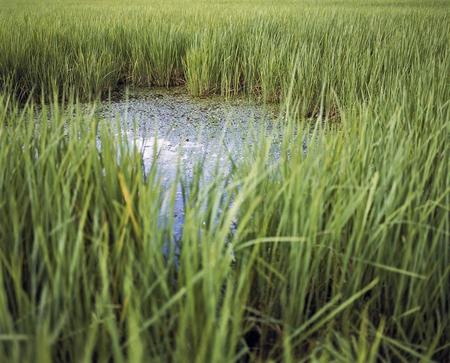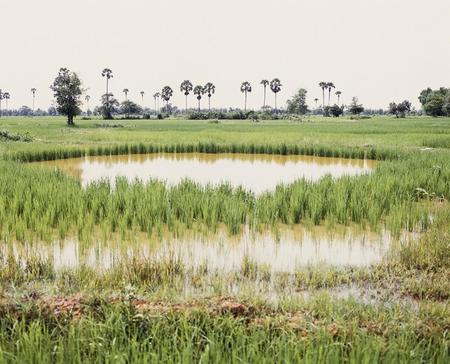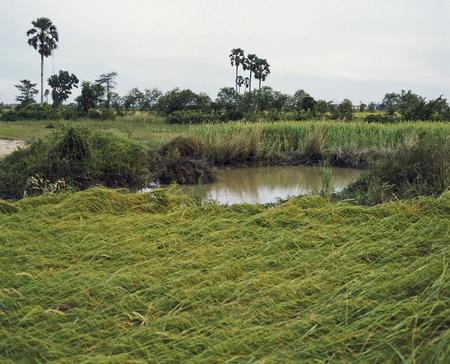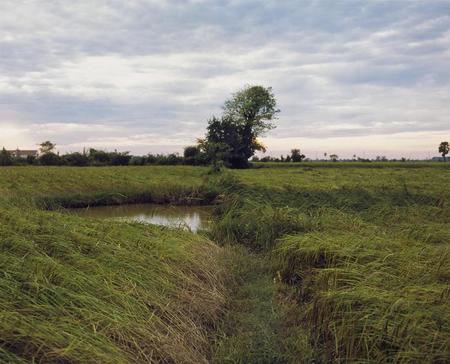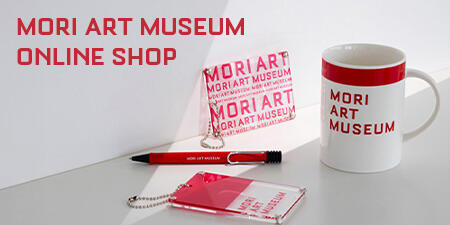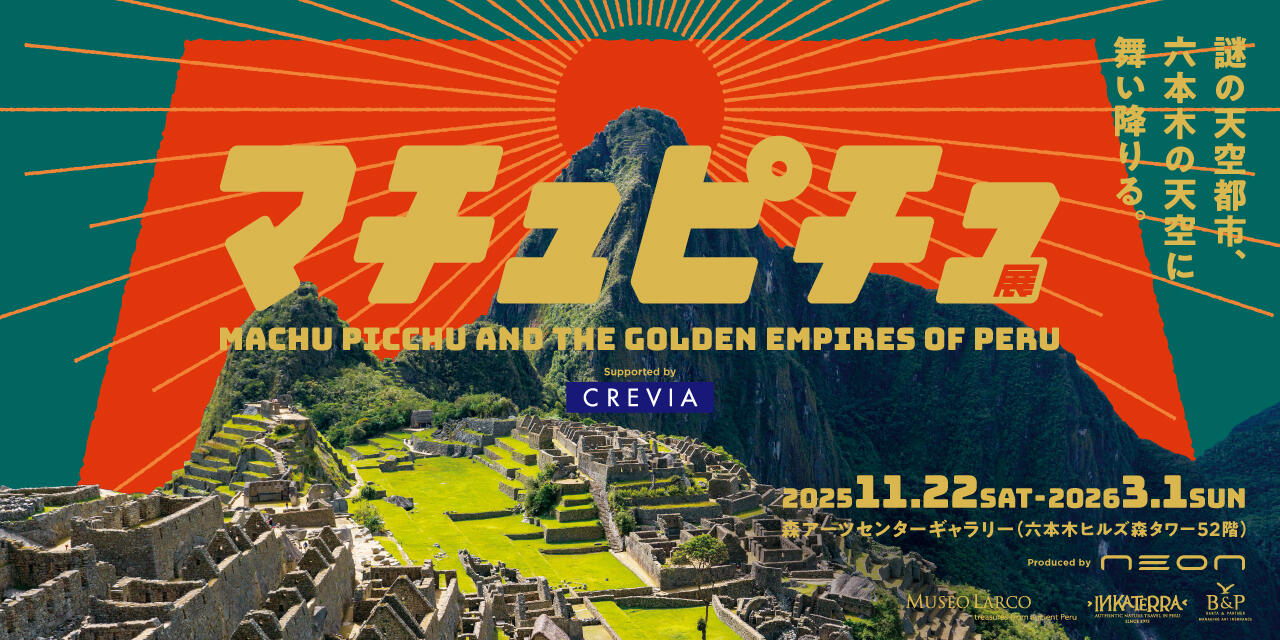Kompong Thom (from the series “Bomb Ponds”)
| Artist | : | Vandy Rattana (1980-) |
|---|---|---|
| Nationality | : | Cambodia |
| Year | : | 2009 |
| Material | : | Digital C-print |
| Size | : | 90 x 150 cm |
Vandy Rattana began teaching himself photography and filmmaking in 2005, through which he documents cities, nature, and life in Cambodia. He has since continued to exhibit widely in Cambodia and beyond. In 2007, he jointly founded the artist collective Stiev Selapak (“the art rebels”), followed by SaSa ART GALLERY in 2009, and then SA SA BASSAC, Cambodia’s first exhibition space for contemporary art, in 2011. In this way, he has contributed significantly to the development of the contemporary art scene in Cambodia. Rattana currently translates French and English philosophy books as well as literary classics into Khmer, and runs a self-funding publishing project called Ponleu Association.
The “Bomb Ponds” series is regarded as the major work by this artist born and brought up in Phnom Penh shortly after the collapse of the Khmer Rouge regime, and whose practice critically examines his country’s recent history. One day, Rattana noticed the circular indentations and mini lakes that frequently dot farmland in Cambodia, and began documenting them with his camera. He subsequently came to know that these sites that locals call “bomb ponds” were formed during the carpet bombing of Cambodia by the United States military in the Vietnam War. He has to date photographed some three hundred of the roughly twenty thousand bomb craters said to exist around the border between Vietnam and Cambodia. At first seemingly part of the tranquil rural landscape, these craters, the artist says, “express the psychological trauma of the Cambodians who survived the bombings,” though they also embody how the past is hidden within daily life. Rattana continues to photograph the craters, hoping to document them all. This series forms both a record of the everyday landscape for people in Cambodia today and an attempt to document, as history, the past that is being forgotten by people and society as a whole.
-
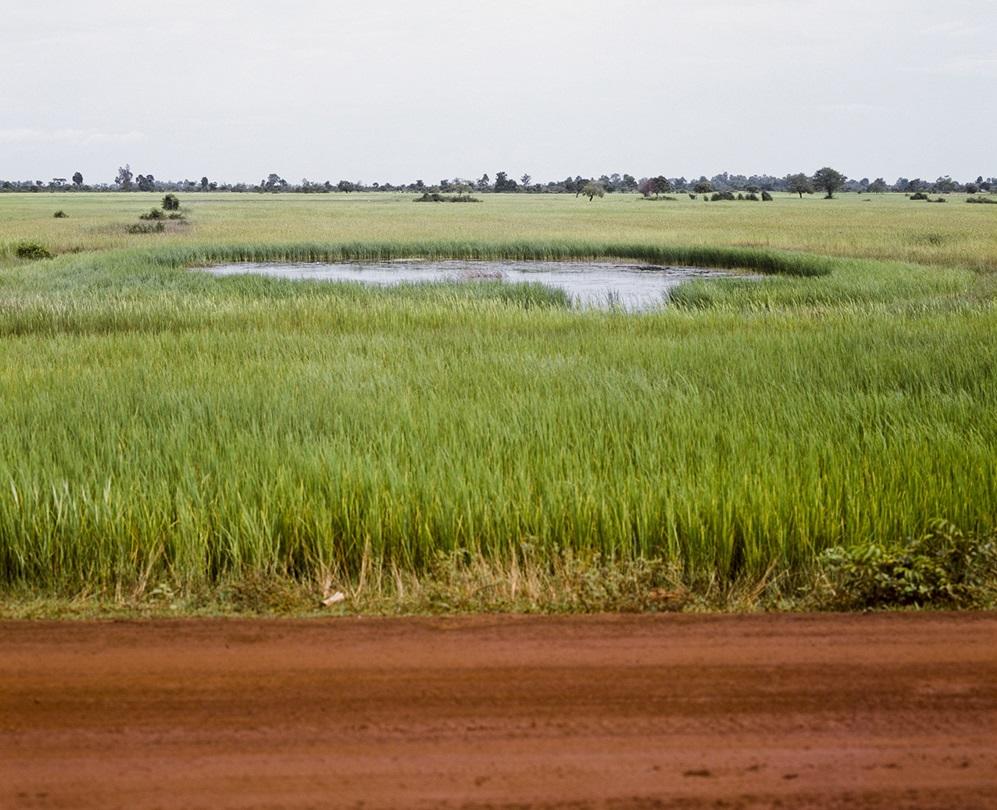
Vandy RattanaKompong Thom (from the series “Bomb Ponds”)2009Digital C-print90 x 150 cm
Vandy RattanaKompong Thom (from the series “Bomb Ponds”)2009Digital C-print90 x 150 cm
Kompong Thom (from the series “Bomb Ponds”)
| Artist | : | Vandy Rattana (1980-) |
|---|---|---|
| Nationality | : | Cambodia |
| Year | : | 2009 |
| Material | : | Digital C-print |
| Size | : | 90 x 150 cm |
Vandy Rattana began teaching himself photography and filmmaking in 2005, through which he documents cities, nature, and life in Cambodia. He has since continued to exhibit widely in Cambodia and beyond. In 2007, he jointly founded the artist collective Stiev Selapak (“the art rebels”), followed by SaSa ART GALLERY in 2009, and then SA SA BASSAC, Cambodia’s first exhibition space for contemporary art, in 2011. In this way, he has contributed significantly to the development of the contemporary art scene in Cambodia. Rattana currently translates French and English philosophy books as well as literary classics into Khmer, and runs a self-funding publishing project called Ponleu Association.
The “Bomb Ponds” series is regarded as the major work by this artist born and brought up in Phnom Penh shortly after the collapse of the Khmer Rouge regime, and whose practice critically examines his country’s recent history. One day, Rattana noticed the circular indentations and mini lakes that frequently dot farmland in Cambodia, and began documenting them with his camera. He subsequently came to know that these sites that locals call “bomb ponds” were formed during the carpet bombing of Cambodia by the United States military in the Vietnam War. He has to date photographed some three hundred of the roughly twenty thousand bomb craters said to exist around the border between Vietnam and Cambodia. At first seemingly part of the tranquil rural landscape, these craters, the artist says, “express the psychological trauma of the Cambodians who survived the bombings,” though they also embody how the past is hidden within daily life. Rattana continues to photograph the craters, hoping to document them all. This series forms both a record of the everyday landscape for people in Cambodia today and an attempt to document, as history, the past that is being forgotten by people and society as a whole.


